The Alaska Triangle is home to more unexplained disappearances than any other place in the world .
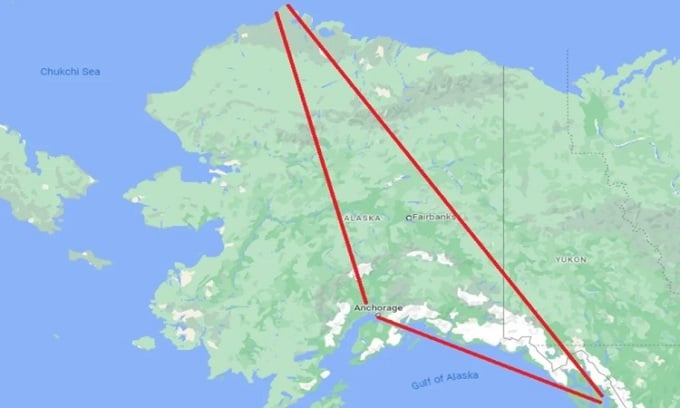
The Alaska Triangle connects Anchorage, Juneau and Utqiagvik. Photo: Google Maps
The Alaska Triangle is a region in the state of Alaska that connects Anchorage and Juneau in the south with Utqiagvik, a small, remote coastal town in the north. It is estimated that more than 20,000 people have gone missing in this vast area since the early 1970s. That is a surprisingly high number given the sparse population of the area. Across Alaska, an average of 2,250 people disappear each year, more than double the national average, many of them in this rugged triangle.
Some of the notable people who have disappeared in the Alaska Triangle include Thomas Hale Boggs, a former majority leader in the U.S. House of Representatives, and Nick Begich, an Alaska congressman. The two politicians disappeared on October 16, 1972, while flying a small plane from Anchorage to Juneau with Begich’s aide Russell Brown and pilot Don Jonz. Authorities launched a massive search for the four missing men but found no remains or wreckage of the plane.
Another notable disappearance is that of Gary Frank Sotherden, a 25-year-old New Yorker who went hunting in the Alaskan wilderness in the mid-1970s but never returned. In the summer of 1997, a hunter found a human skull along the Porcupine River in northeastern Alaska. Police collected DNA from the skull in 2022 and concluded that it belonged to Sotherden, who had likely died after being attacked by a bear.
Instead of theories about the mysterious and supernatural, there is evidence that the Alaskan backcountry is a place where vanishing is easy. There are more caribou than people in Alaska. It is the most sparsely populated state in the US with 730,000 people, meaning that only 1/20th of 1% of the state is inhabited, the rest is a relatively deserted wilderness of jagged mountains, glaciers, frigid temperatures, millions of lakes, countless rocky canyons, wide valleys and lots of bears.
There is a theory that the Alaska Triangle is home to unusual magnetic activity. However, a simpler and more plausible explanation is that the possibility of going missing in this vast, empty land full of natural hazards is very high.
An Khang (According to IFL Science )
Source link










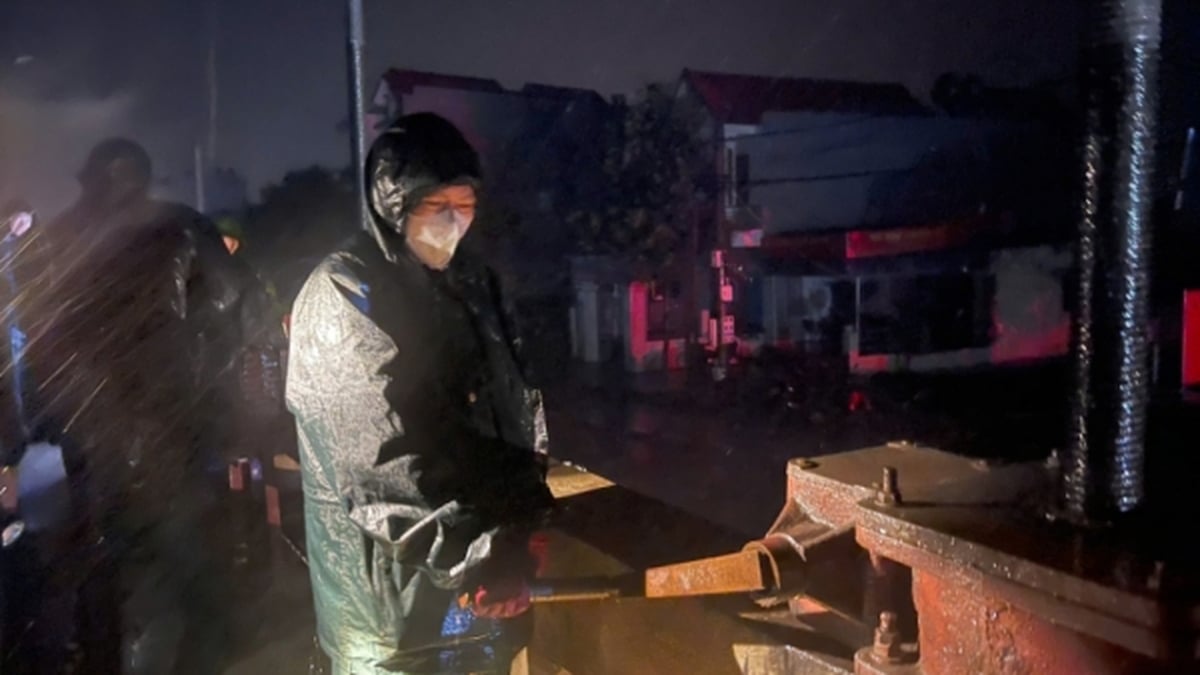











![[Photo] National Assembly Chairman Tran Thanh Man visits Vietnamese Heroic Mother Ta Thi Tran](https://vphoto.vietnam.vn/thumb/1200x675/vietnam/resource/IMAGE/2025/7/20/765c0bd057dd44ad83ab89fe0255b783)



















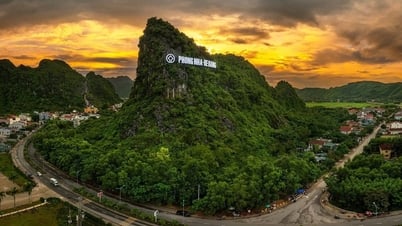























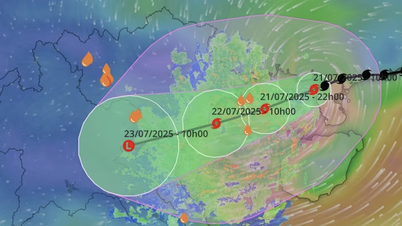

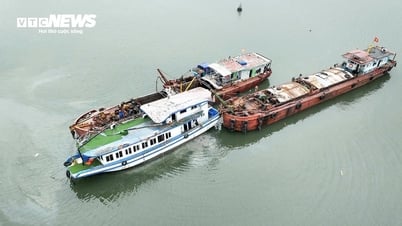


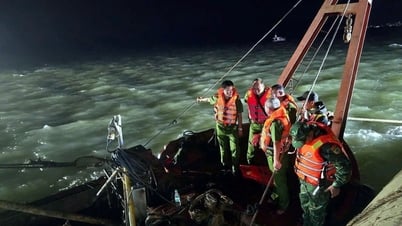






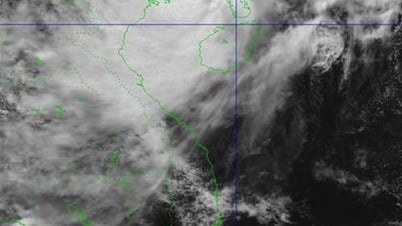

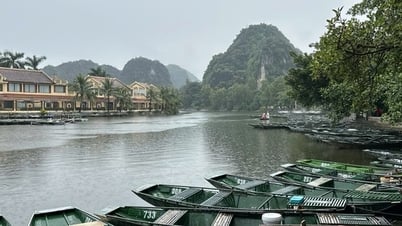





















Comment (0)